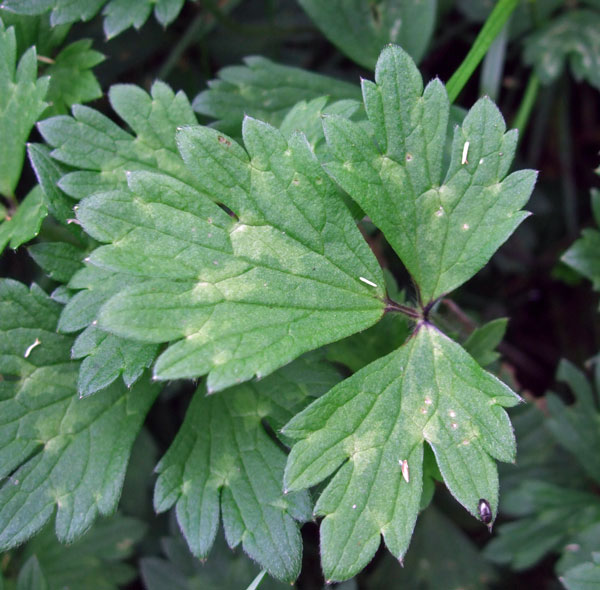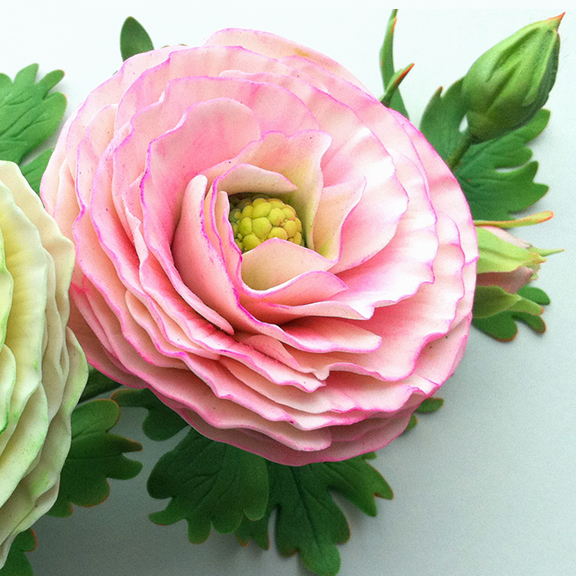| Ranunculus sceleratus | |
|---|---|
| Scientific classification | |
| Kingdom: | Plantae |
| Clade: | Tracheophytes |
| Clade: | Angiosperms |
| Clade: | Eudicots |
| Order: | Ranunculales |
| Family: | Ranunculaceae |
| Genus: | Ranunculus |
| Species: | |
| Binomial name | |
| Ranunculus sceleratus | |
- Ranunculus Leaves Images
- Ranunculus Leaves Yellowing
- Ranunculus Species
- Ranunculus Leaves Curling
- Ranunculus Leaves Yellow
Ranunculus Leaves Images
Ranunculus is a genus of plants that includes approximately 600 species of flowering plants. It includes the common buttercup that grows wild throughout the U.S. But the cultivated variety (Ranunculus 'asiaticus'), commonly referred to as Persian buttercups, produces large showy blooms that resemble roses. These tender perennial plants can be grown as perennials in USDA plant hardiness zones 8. Ranunculus Asiaticus. Skype 6.3 download mac. Look for ranunculus tubers at your local garden center,. At three feet tall, this New Zealand native is one of the tallest ranunculus species you can grow. The giant, round, lily pad-like leaves are just as fun as the bright white blooms. In its native habitat, this plant flowers best where it receives sharp drainage in rocky soils. Leaf structure was studied by light and electron microscopy in the freshwater species Ranunculus peltatus Schrank and the predominantly brackish-water species R. Baudotii Godron. Baudotii seems to have a higher degree of structural adaptation to the submersed life. It has metabolic compartmentation in the form of starchy.
Ranunculus Leaves Yellowing
Ranunculus sceleratus known by the common names celery-leaved buttercup,[1]celery-leaf buttercup,[2] and cursed buttercup[3] is a species of flowering plant in the buttercup family Ranunculaceae. It has a circumpolar distribution in the northern hemisphere, native to temperate and boreal North America and Eurasia, where it grows in wet and moist habitats, including ponds and streambanks.
Description[edit]
Ranunculus sceleratus is an annual herb growing up to half a meter tall. The leaves are more or less glabrous (hairless) and have small blades each deeply lobed or divided into three leaflets. They are borne on long petioles. The flowers are 5-10mm across with five or fewer yellow petals a few millimeters long and reflexed sepals. The fruit is an achene borne in a cluster of several.[4]:110,114


While buttercups are toxic due to the presence of the substance protoanemonin, this applies in particular for the cursed buttercup: it is the most toxic buttercup and contains 2.5% protoanemonin. When the leaves are wrinkled, damaged or crushed, they bring out unsightly sores and blisters on human skin.
Distribution[edit]
Ranunculus sceleratus has a circumpolar distribution in the northern hemisphere[5] There are two varieties and one subspecies[6] with distinctive distributions: R. sceleratus ssp. reptabundus occurs in northern Finland and north-west Russia.[5]R. scleratus var. multifidus occurs in north western North America.[5] and R. scleratus var. longissimus is found from Minnesota to Alabama according to their biodiversity and plant atlases respectively.[citation needed]
Ranunculus Species
References[edit]
- ^'Ranunculus sceleratus, Celery-leaved buttercup'. London: Natural History Museum. Retrieved 27 May 2016.CS1 maint: discouraged parameter (link)
- ^Lee, Sangtae; Chang, Kae Sun, eds. (2015). English Names for Korean Native Plants(PDF). Pocheon: Korea National Arboretum. p. 602. ISBN978-89-97450-98-5. Retrieved 15 March 2019 – via Korea Forest Service.CS1 maint: discouraged parameter (link)
- ^'Ranunculus sceleratus'. Natural Resources Conservation Service PLANTS Database. USDA. Retrieved 18 Oct 2015.CS1 maint: discouraged parameter (link)
- ^Stace, C. A. (2010). New Flora of the British Isles (Third ed.). Cambridge, U.K.: Cambridge University Press. ISBN9780521707725.CS1 maint: discouraged parameter (link)
- ^ abcAnderberg, Arne. 'Ranunculus sceleratus (L.) Sw'. Naturhistoriska riksmuseet, Stockholm. Retrieved 27 May 2016.CS1 maint: discouraged parameter (link)
- ^'The Plant List: Ranunculus sceleratus L'. Royal Botanic Gardens, Kew and Missouri Botanic Garden. 2013. Retrieved 27 May 2016.CS1 maint: discouraged parameter (link)

External links[edit]

- Wedgwood, Hensleigh (1855). 'On False Etymologies'. Transactions of the Philological Society (6): 65.CS1 maint: discouraged parameter (link)
Ranunculus Leaves Curling
| Wikimedia Commons has media related to Ranunculus sceleratus. |
Ranunculus Leaves Yellow
